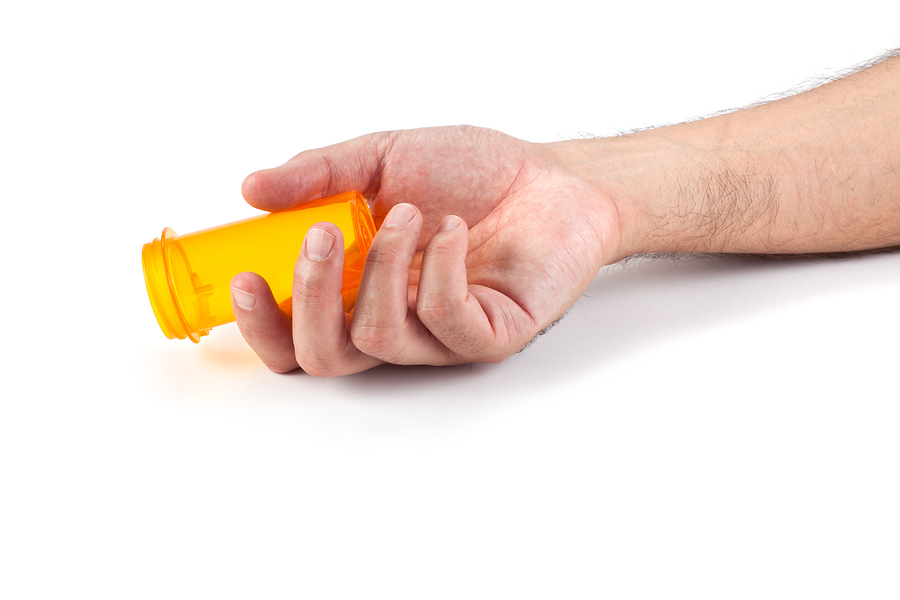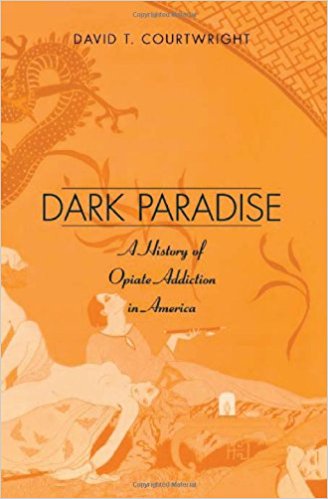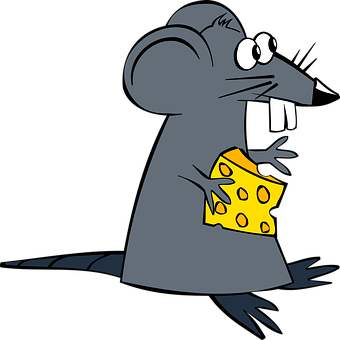Is Addiction or Untreated Pain Causing Patient Suicides?
/By Pat Anson, Editor
A new op/ed in The New England Journal of Medicine focuses on an aspect of the overdose crisis that’s rarely discussed – how opioids are a “silent contributor” to the nation’s rising suicide rate. But critics say the article misses the mark on why a growing number of pain patients are having suicidal thoughts and taking their own lives.
Most people already know that drug overdoses are soaring in the United States, but few recognize that suicides are at their highest level in nearly 30 years. In 2016, more Americans died from suicides (44,965) than from opioid overdoses (42,249).
“The significant increases in both opioid-overdose deaths and suicide rates in our country have contributed to reduced life expectancy for Americans. These two epidemics are intermingled, and solutions to address the opioid crisis require that we tailor interventions to preventing opioid-overdose deaths due to suicidal intent,” wrote co-authors Maria Oquendo, MD, and Nora Volkow, MD.
Volkow is the longtime director of the National Institute on Drug Abuse, while Oquendo is a Professor of Psychiatry at the Perelman School of Medicine at the University of Pennsylvania and past president of the American Psychiatric Association.
Volkow and Oquendo believe many suicides are misreported as “undetermined” or accidental drug overdoses, and that “the true proportion of suicides among opioid-overdose deaths is somewhere between 20% and 30%, but it could be even higher.”
They also engage in a familiar pattern of demonizing opioid pain medication, citing studies showing that patients with “opioid use disorder” (OUD) from prescription opioids are more likely to have suicidal thoughts and “whose motivation to live might be eroded by addiction.”
“Notably, two populations that are more likely than others to receive opioid prescriptions — patients with chronic pain and those with mood disorders — are also at greater risk for suicide,” they wrote.
That may all be true. The suicide rate among chronic pain patients is probably increasing. But what’s puzzling is that Volkow and Oquendo never acknowledge the role that the federal government has played in contributing to that trend. Anecdotal evidence is building that suicides started climbing after the CDC released its 2016 opioid prescribing guidelines and pain medication became harder to get.
"Over the last year, I have received wave after wave of reports of traumatized patients, with outcomes that include suicidal ideation, medical deterioration, rupture of the primary care relationship, overdose to licit or illicit substances, and often enough, suicide,” Stefan Kertesz, MD, a professor of medicine at the University of Alabama at Birmingham School of Medicine, recently told PNN.
Those suicides -- such as those of Bryan Spece and Jay Lawrence -- are rarely reported by the mainstream media or even acknowledged by government bureaucrats like Volkow, who was an early supporter of the CDC guidelines.
In a survey of over 3,100 pain patients on the one-year anniversary of the guidelines, over 40 percent told PNN they had considered suicide because their pain was poorly treated. Many patients feel the healthcare system has turned its back on them.
“Even though I can barely function my doctor wants to stop my meds completely. With no hope, suicide seems like the best and only choice to get relief from the pain. I never thought doctors would be so uncaring, along with the government,” wrote one patient.
“I never thought I would even consider suicide, but death looks good when every move you make is painful, 24 hours a day, 7 days a week. The guidelines are not fair to me, my husband, and my children. No one can judge anyone else's pain level,” said another patient.
“I frequently contemplate suicide. I lay in bed on many nights crying because there is no comfortable positions and the spasms are relentless,” said a disabled nurse in Maine who is no longer able to obtain opioids.
“In the past year, six chronic patients I know who were no longer able to get their pain medication have committed suicide. I personally have researched the quickest and surest way of ending my own life. And no, it doesn’t include opioids,” wrote another patient.
“I nearly committee suicide last summer and again last November because of undertreated pain,” said one woman. “It is ridiculous beyond belief when my neighbor’s dog gets prescribed pain meds for a torn claw and I get treated like a criminal for having a chronic pain condition.”
Undertreated Pain
Patient advocates say these suicidal thoughts are often not the result of addiction or OUD, but because chronic pain is increasingly untreated or undertreated.
“The diagnosis of OUD is overwhelmingly made by physicians who are untrained in making the diagnosis,” says Stephen Nadeau, MD, a Professor of Neurology and Clinical Health Psychology at the University of Florida College of Medicine. “Most patients in chronic pain are under-dosed and/or suffer from inadequately treated depression. We don’t know the exact figures on prevalence of under-dosing but we do have studies that suggest that depression is detected only 20% of the time.”
“There is emerging data to suggest that increasing numbers of opioid overdose-related deaths may be a consequence of undertreatment of both pain and depression. But the dominant public narrative is demanding even less treatment of pain when opioids are the chosen therapy,” says Red Lawhern, PhD, co-founder of the Alliance for the Treatment of Intractable Pain, a patient advocacy group.
Lawhern believes many suicides can be attributed to the “epidemic of despair” first documented by Princeton researchers Anne Case and Angus Deaton. They believe that the reduced life expectancy of Americans is not just due to substance abuse, but linked to unemployment, poor finances, lack of education, divorce, depression and loss of social connections – issues that Volkow and Oquendo fail to address.
“Their article is seriously deficient for failure to mention that both substance abuse and suicide generally are closely associated with depression and isolation -- both of which are consequences of economic hard times. It is simply wrong to imply that opioid use disorder (itself an incorrect term) is the ‘cause’ of suicide, when both are driven jointly by socio-economic factors,” Lawhern wrote in an email.
What can be done to prevent suicides in the pain community? Volkow and Oquendo say more doctors should be trained to recognize the warning signs of suicide and patients should be screened for suicide risk and then referred for addiction treatment. Nowhere do they suggest better pain management.





























